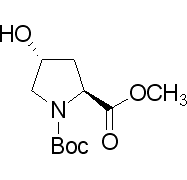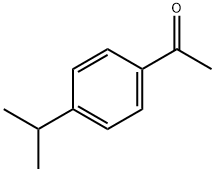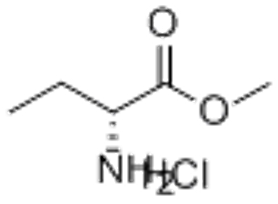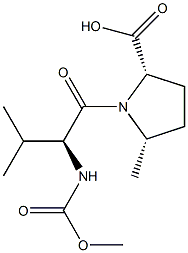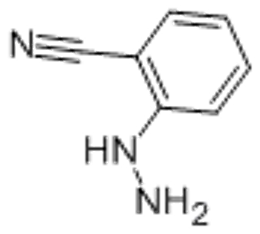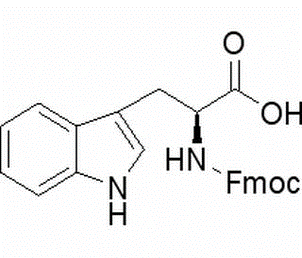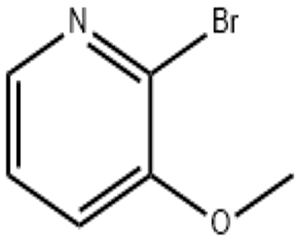N-Boc-trans-4-Hydroxy-L-proline methyl ester (CAS# 74844-91-0)
| Hazard Symbols | Xn – Harmful |
| Risk Codes | R20/21/22 – Harmful by inhalation, in contact with skin and if swallowed. R36/37/38 – Irritating to eyes, respiratory system and skin. |
| Safety Description | S24/25 – Avoid contact with skin and eyes. S36 – Wear suitable protective clothing. S26 – In case of contact with eyes, rinse immediately with plenty of water and seek medical advice. |
| WGK Germany | 3 |
| HS Code | 29339900 |
| Hazard Class | IRRITANT |
Introduction
N-BOC-trans-4-hydroxy-L-proline methyl ester, full name N-tert-butoxycarbonyl-trans-4-hydroxy-L-proline methyl ester, is an organic compound.
Quality:
N-BOC-trans-4-hydroxy-L-proline methyl ester is a white crystalline solid.
Use:
N-BOC-trans-4-hydroxy-L-proline methyl ester is commonly used as an amino acid protecting group in organic synthesis chemistry. It can be used as an effective protecting group to protect the hydroxyl functional groups in amino acids to prevent unwanted reactions in synthesis.
Method:
The preparation of N-BOC-trans-4-hydroxy-L-proline methyl ester is usually obtained by reacting N-BOC-4-hydroxy-L-proline with methanol. N-BOC-4-hydroxy-L-proline is reacted with an activator (such as DCC or DIC) to form an activated ester, and then methanol is added to react with it to generate N-BOC-trans-4-hydroxy-L-proline methyl ester. The target product is obtained by crystallization or other separation and purification methods.
Safety Information: When it comes to chemical synthesis, the use of instruments and experimental conditions should have corresponding technical experience. In laboratory operations, care should be taken to avoid direct contact with the skin and eyes, and to maintain good ventilation. If you experience any physical discomfort or other adverse reactions, you should seek medical attention immediately.


